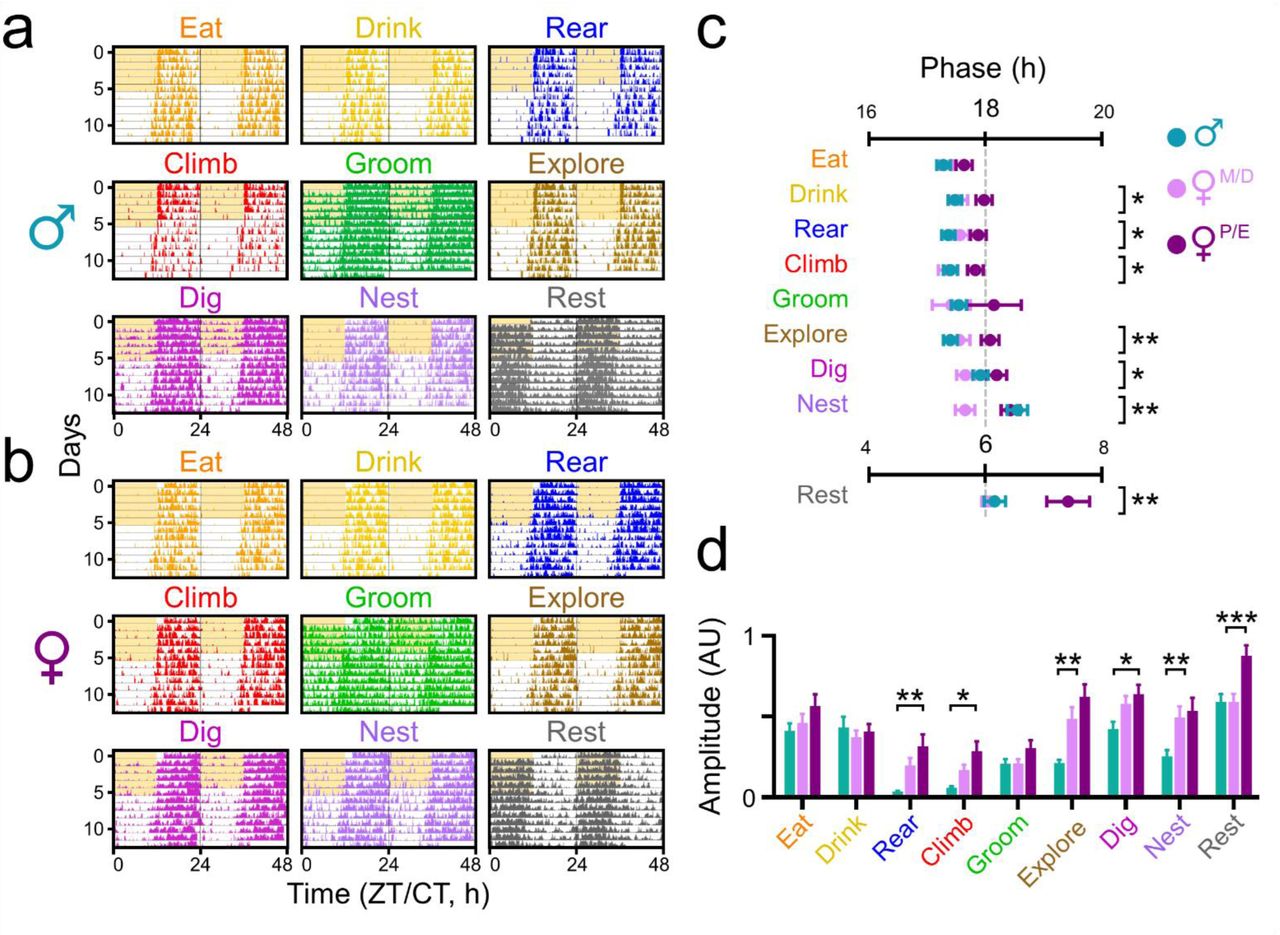Abstract
Measuring animal behavior over long timescales has been traditionally limited to behaviors that are easily measurable with real-time sensors. More complex behaviors have been measured over time, but these approaches are considerably more challenging due to the intensive manual effort required for scoring behaviors. Recent advances in machine learning have introduced automated behavior analysis methods, but these often overlook long-term behavioral patterns and struggle with classification in varying environmental conditions. To address this, we developed a pipeline that enables continuous, parallel recording and acquisition of animal behavior for an indefinite duration. As part of this pipeline, we applied a recent breakthrough self-supervised computer vision model to reduce training bias and overfitting and to ensure classification robustness. Our system automatically classifies animal behaviors with a performance approaching that of expert-level human labelers. Critically, classification occurs continuously, across multiple animals, and in real time. As a proof-of-concept, we used our system to record behavior from 97 mice over two weeks to test the hypothesis that sex and estrogen influence circadian rhythms in nine distinct home cage behaviors. We discovered novel sex- and estrogen-dependent differences in circadian properties of several behaviors including digging and nesting rhythms. We present a generalized version of our pipeline and novel classification model, the “circadian behavioral analysis suite,” (CBAS) as a user-friendly, open-source software package that allows researchers to automatically acquire and analyze behavioral rhythms with a throughput that rivals sensor-based methods, allowing for the temporal and circadian analysis of behaviors that were previously difficult or impossible to observe.
